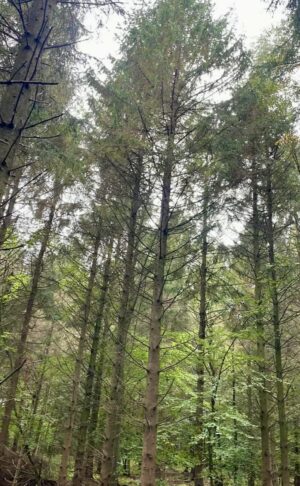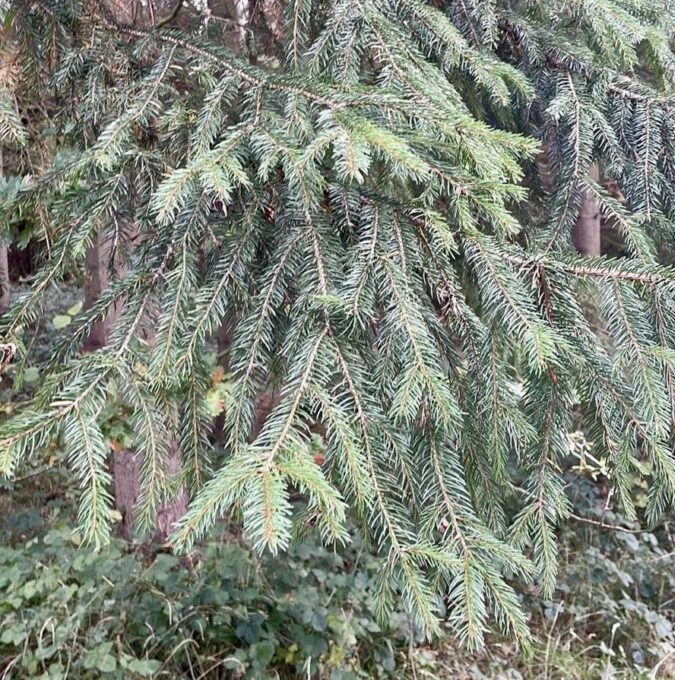Prospecting for gold?

Mineral deposits (such as those containing copper.or tin) slowly release ions into the surrounding soils. This release of ions occurs through chemical processes such as oxidation or through the activity of microbes. Because of these processes, it is often the case that metals such as lead, cadmium, nickel and mercury can be found in plants. Indeed, some are referred to as hyper accumulators.
Such plants might be used in phytomining. This would involve growing hyper-accumulator plants on a metal-rich soil, harvesting the plants and then burning the plant biomass down to an ash from which the metal might be reclaimed. This would make sense economically where the metals were rare or of high intrinsic value. In Finland, two species of willow trees (Salix schwerini and Salix viminalis) have been studied as agents of phytoremediation. These trees can grow in acidic soils and can cope with with copper, zinc, nickel, chromium or lead contamination. Initial research indicates that willows can help reduce zinc levels withinin six years under favourable conditions, though nickel, copper and chromium take much longer.
New research at the Finnish University of Oulu has indicated that even gold may move into certain plants. The research team were studying Norway Spruce trees that were growing in the mineral deposit above a gold mine. They took samples from a number of trees and analysed the leaves, and found that some had gold nanoparticles within the leaves.

These minute particles were surrounded by bacterial films. It would seem that certain spruce associated bacteria can help transform soluble gold from the soil into solid particles within the leaves. The ‘soluble gold’ enters from the soil and is transported up to the needle-like leaves, where it is precipitated into solid form. The size of the particles is indeed microscopic, being only about a millionth of a millimetre in size. Far too small to be extracted for commercial use.
The process of biomineralisation is poorly understood, but it seems that certain endophytic bacteria (those that live within the plant) play a role in the process.

Leave a comment